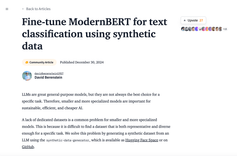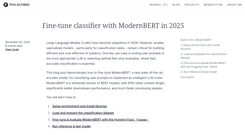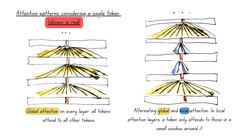
Abstract
In this paper, both empirically and theoretically, we show that several AI-text detectors are not reliable in practical scenarios. Empirically, we show that paraphrasing attacks, where a light paraphraser is applied on top of a large language model (LLM), can break a whole range of detectors, including ones using watermarking schemes as well as neural network-based detectors and zero-shot classifiers. Our experiments demonstrate that retrieval-based detectors, designed to evade paraphrasing attacks, are still vulnerable to recursive paraphrasing. We then provide a theoretical impossibility result indicating that as language models become more sophisticated and better at emulating human text, the performance of even the best-possible detector decreases. For a sufficiently advanced language model seeking to imitate human text, even the best-possible detector may only perform marginally better than a random classifier. Our result is general enough to capture specific scenarios such as particular writing styles, clever prompt design, or text paraphrasing. We also extend the impossibility result to include the case where pseudorandom number generators are used for AI-text generation instead of true randomness. We show that the same result holds with a negligible correction term for all polynomial-time computable detectors. Finally, we show that even LLMs protected by watermarking schemes can be vulnerable against spoofing attacks where adversarial humans can infer hidden LLM text signatures and add them to human-generated text to be detected as text generated by the LLMs, potentially causing reputational damage to their developers. We believe these results can open an honest conversation in the community regarding the ethical and reliable use of AI-generated text.






